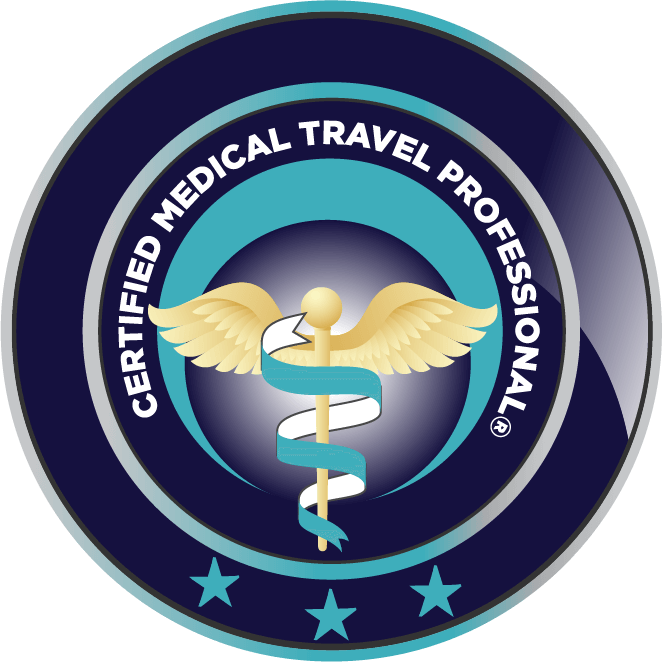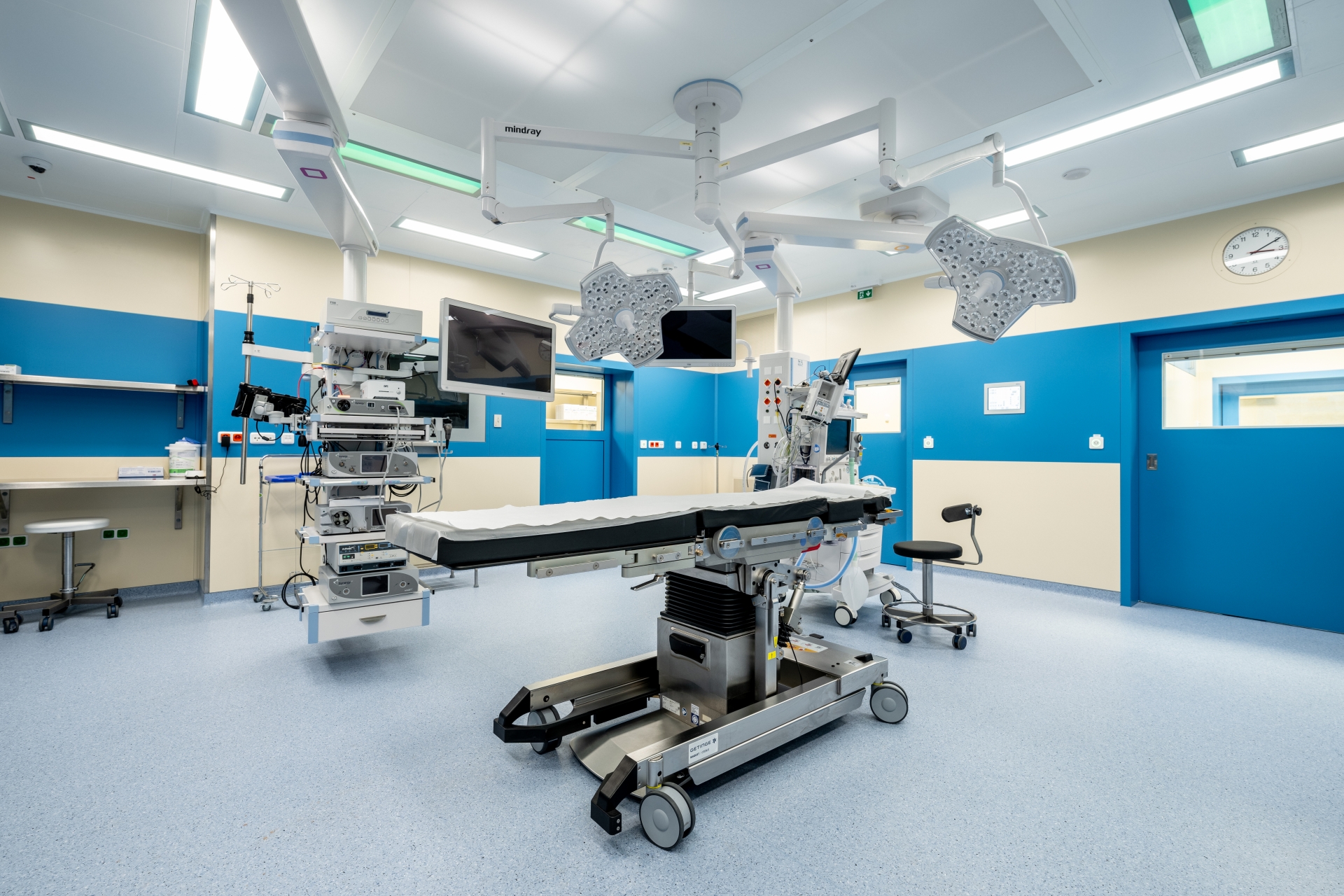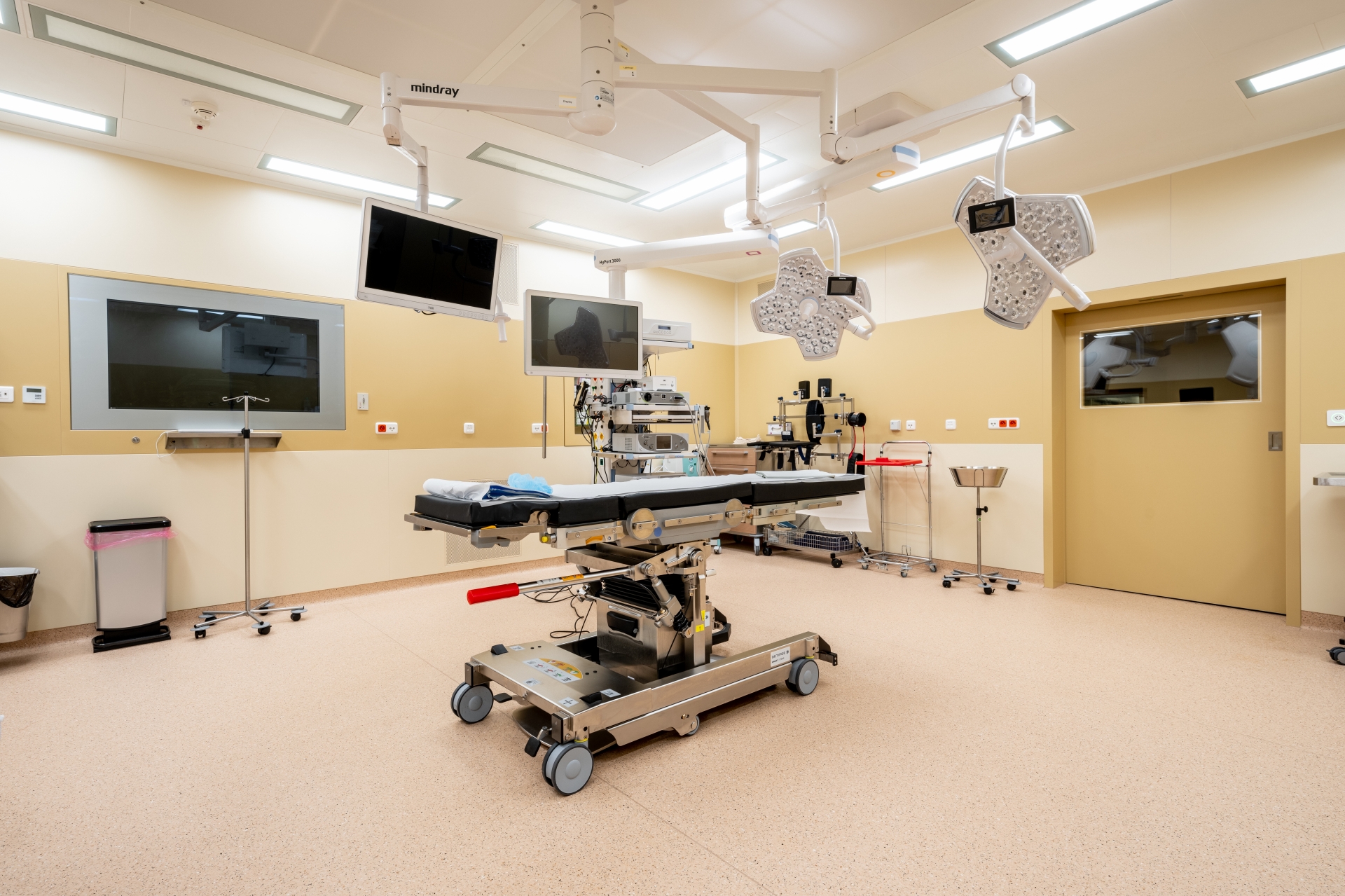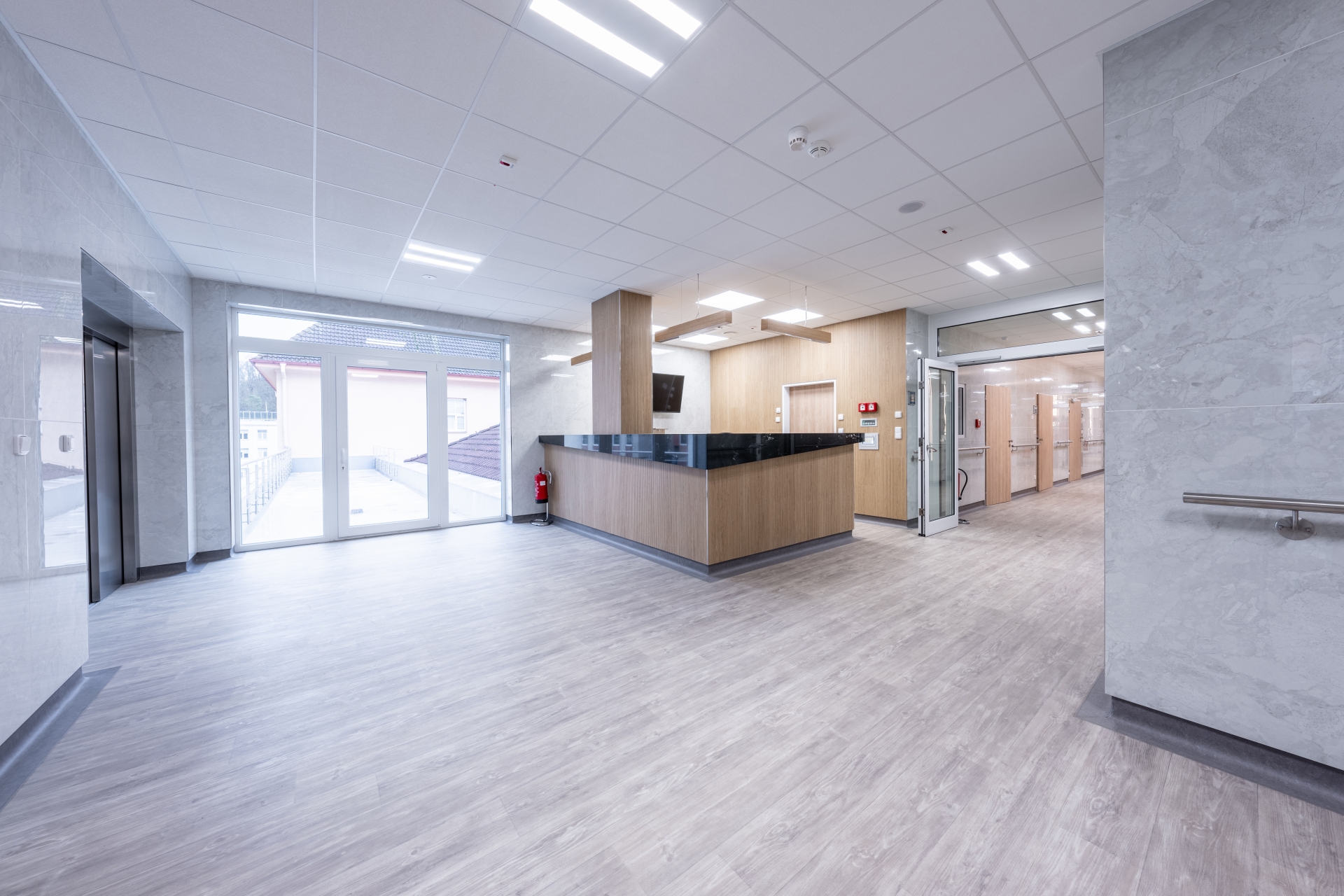Spinal surgery
At this moment, we are only focused on two main specialities, cervical spine surgery and surgery for lumbar disc prolapse or unilateral stenosis (narrowing).
Degenerative disease of the cervical spine begins at the level of the intervertebral disc, which response to mechanical stress by prolapse and later by the formation of a bone growth that oppresses the nerve structures of the cervical spine. The typical symptom is a blockage of movement with muscle stiffness and cervical spine pain radiating to the upper extremity, intervertebral or head.
Pain in the lumbar spine is a common phenomenon in modern society, with more than 85% of the population experiencing an attack of pain in the "sacrum" during their lifetime, often accompanied by pain shooting up the limb. These problems can progress to excruciating back pain or paralysis of certain muscle groups in the limbs with varying degrees of time.
Contact us
Nearly 80% of patients are cured with conservative therapy, but when medication, rehabilitation and nerve root sprays do not lead to improvement, surgical treatment is an option to consider.
Types of spinal surgery
- Nearly 80% of patients are cured with conservative therapy, but when medication, rehabilitation and nerve root sprays do not lead to improvement, surgical treatment is an option to consider.
- Surgical treatment involves two basic techniques: fusion or arthroplasty. The goal of surgery is complete pain relief and a return to normal life. The principle of both procedures is to remove the damaged disc and release the nerve root or spinal cord, then replace it with fixed implants or a mobile endoprosthesis.
- The result is a solid bony fusion or fusion of two vertebrae with loss of mobility of the treated segment with possible rupture of the adjacent disc. This situation can lead to further reoperation in up to 20% of patients within ten years. However, there is no risk of complications from the implant at the site of surgery. It is indicated for more severe forms of degenerative cervical spine disease.
- Conservative treatment leads to 80% improvement and full restoration of mobility. However, in some cases, it fails despite medication, infusion therapy, targeted CT-guided injections and physiotherapy. In this case, the method of choice is surgery (discectomy), which removes the oppression of the nerve structures and leads to immediate pain relief. However, it means subsequent post-operative treatment for several weeks to three months with a limitation of usual physical activities.
- Surgical techniques aim to release the nerve structures by removing the prolapse or bone compression and, in case of instability, to strengthen the affected vertebral segment by dynamic or rigid stabilization with fusion. The vast majority of surgeries are simple decompressions, which are performed endoscopically, microsurgically, or by standard open technique.
- The endoscopic technique is very gentle but has its limitations and can be used in 10-15% of the patients indicated for surgical treatment. It is performed without direct visual inspection with the help of video technology and the surgeon watches the procedure on a screen.
- In microsurgery, a 3 cm skin incision is made and with the help of a tube or micro-dilator, the surgical field is created and the surgeon removes the nerve root oppression by looking through the operating microscope.
- The open technique is indicated for larger bilateral stenoses, or spinal narrowing, where dynamic stabilization or fixed stabilization with fusion is appropriate in some cases after decompression of the nerve structures.
- The indication for surgery is actual in the case of a confirmed intervertebral disc protrusion after MRI examination and failure of conservative treatment lasting at least three months, except in the case of excruciating back or limb pain or the development of acute paresis of part of the limb.
Where is spinal surgery provided?
Consultations and initital medical examinations are provided at the Diagnostic Centre in Prague and the surgery itself is performed in renewed surgical department of the Arthroscopic centre that is an integral part of the Beroun Rehabiliation Hospital.
One-Day Surgery Center
Patient journey
Our satisfied patients
If you are still hesitant about the treatment in our medical facilities, listen to the stories of our satisfied clients.









